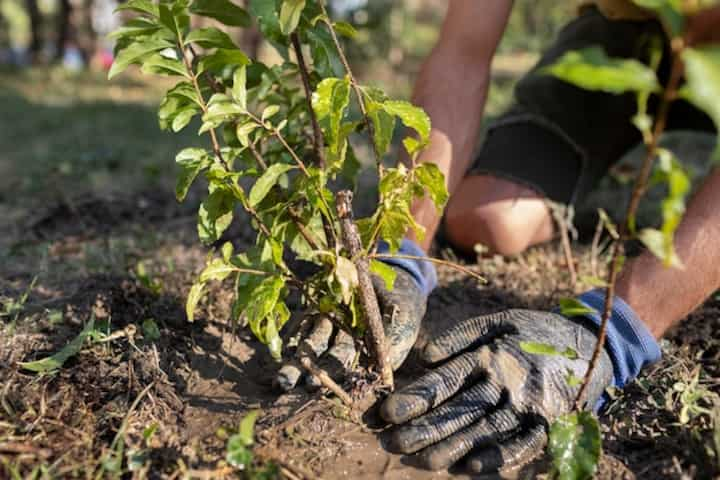
Expert Tree Transplanting Services in Muskegon
Muskegon, a city known for its lush landscapes and verdant surroundings, is home to a variety of trees that contribute to the region's natural beauty. However, there are times when trees need to be relocated due to construction, landscaping redesign, or environmental reasons. Expert tree transplanting services offer a solution, ensuring trees are moved with minimal stress and maximum survival potential. This article delves into the intricacies of tree transplanting in Muskegon, exploring the methods, benefits, and considerations involved.
Understanding Tree Transplanting
Tree transplanting involves carefully relocating a tree from one location to another. This process is intricate and requires a deep understanding of tree biology, soil conditions, and environmental factors.
Why Transplant Trees?
- Construction and Development: Trees may need to be removed from sites earmarked for building projects.
- Landscaping Redesign: Homeowners or businesses may wish to redesign their landscapes, necessitating the repositioning of existing trees.
- Environmental Conservation: Preserving mature trees during urban development can maintain ecological balance and visual appeal.
Benefits of Professional Transplanting Services
- Expertise: Professionals have the necessary skills and knowledge to handle different tree species and sizes.
- Equipment: Specialized equipment is employed to safely uproot and transport trees.
- Success Rate: Higher survival rates are achieved through expert techniques and post-transplant care.
Read more about this topic here.
The Transplanting Process
The tree transplanting process is methodical and involves several critical steps to ensure the health and survival of the tree.
Initial Assessment
- Tree Health Evaluation: Assessing the tree’s health to determine its suitability for relocation.
- Site Analysis: Evaluating both the current and new locations to ensure compatibility in terms of soil, light, and space.
Preparation and Uprooting
- Root Pruning: Cutting roots a few months before transplanting to encourage new root growth.
- Soil Preparation: Ensuring that the new site’s soil is ready to support the tree.
- Uprooting: Carefully digging around the tree to preserve as much of the root ball as possible.
Transportation and Replanting
- Safe Transport: Using proper equipment to move the tree to its new location without damage.
- Replanting: Placing the tree in a pre-dug, appropriately sized hole, ensuring it is planted at the correct depth.
- Stabilization: Using stakes or supports to stabilize the tree as it re-establishes in the new location.
Learn more in this detailed guide here.
Post-Transplant Care
Careful attention to post-transplant care is crucial to help the tree recover and thrive in its new environment.
Watering and Mulching
- Consistent Watering: Ensuring the tree receives adequate water until it establishes new roots.
- Mulching: Applying mulch around the base to retain moisture and regulate soil temperature.
Monitoring and Maintenance
- Regular Monitoring: Checking for signs of stress or disease and addressing issues promptly.
- Nutrient Management: Providing fertilizers if necessary to support growth and recovery.
Explore further insights here.
Conclusion
Tree transplanting in Muskegon requires a blend of scientific knowledge, practical skills, and dedicated care. By engaging expert services, individuals can ensure the successful relocation and survival of trees, preserving the area's natural beauty and ecological diversity. Whether for construction, landscaping, or conservation purposes, professional tree transplanting is an invaluable service that supports sustainable urban development. Find additional information here.